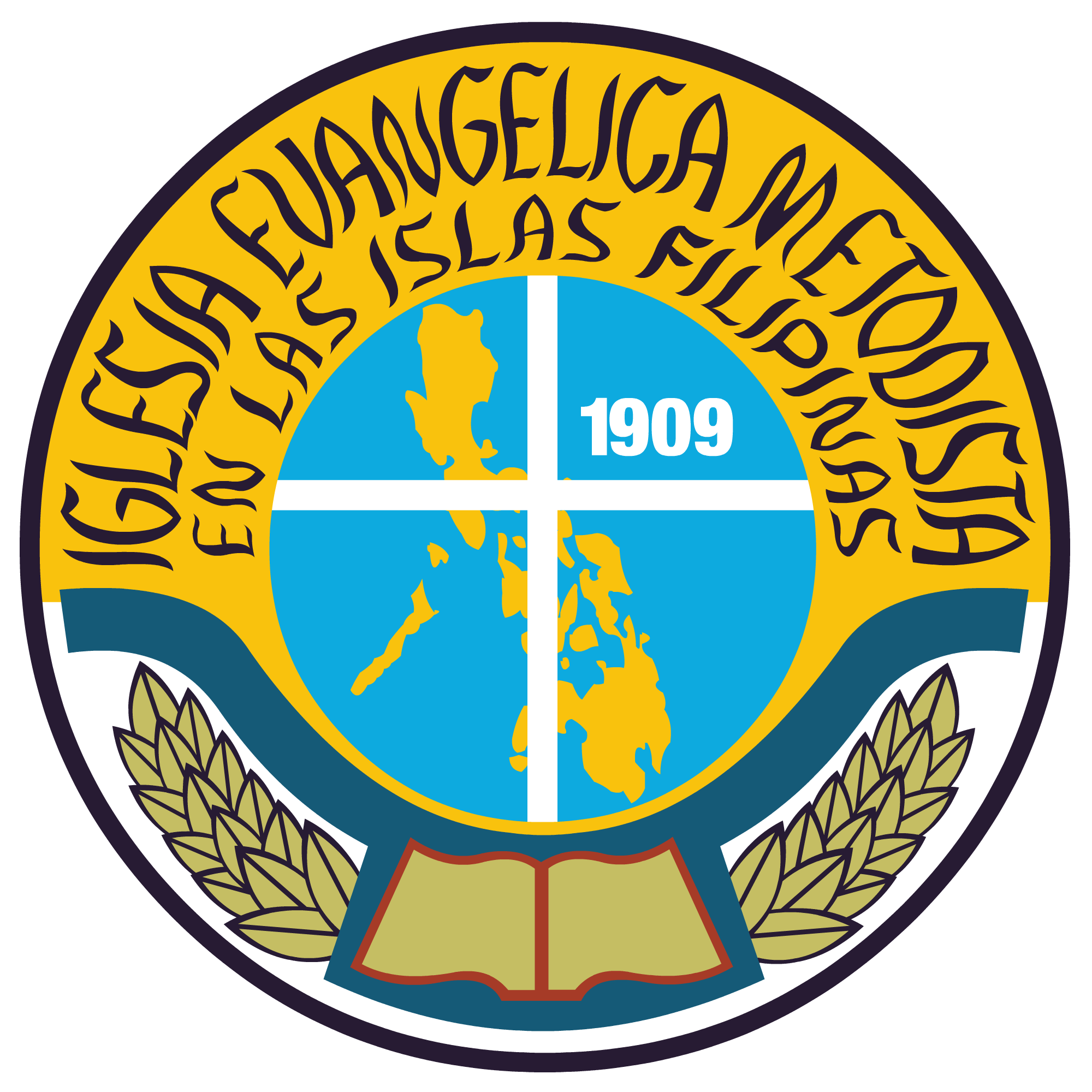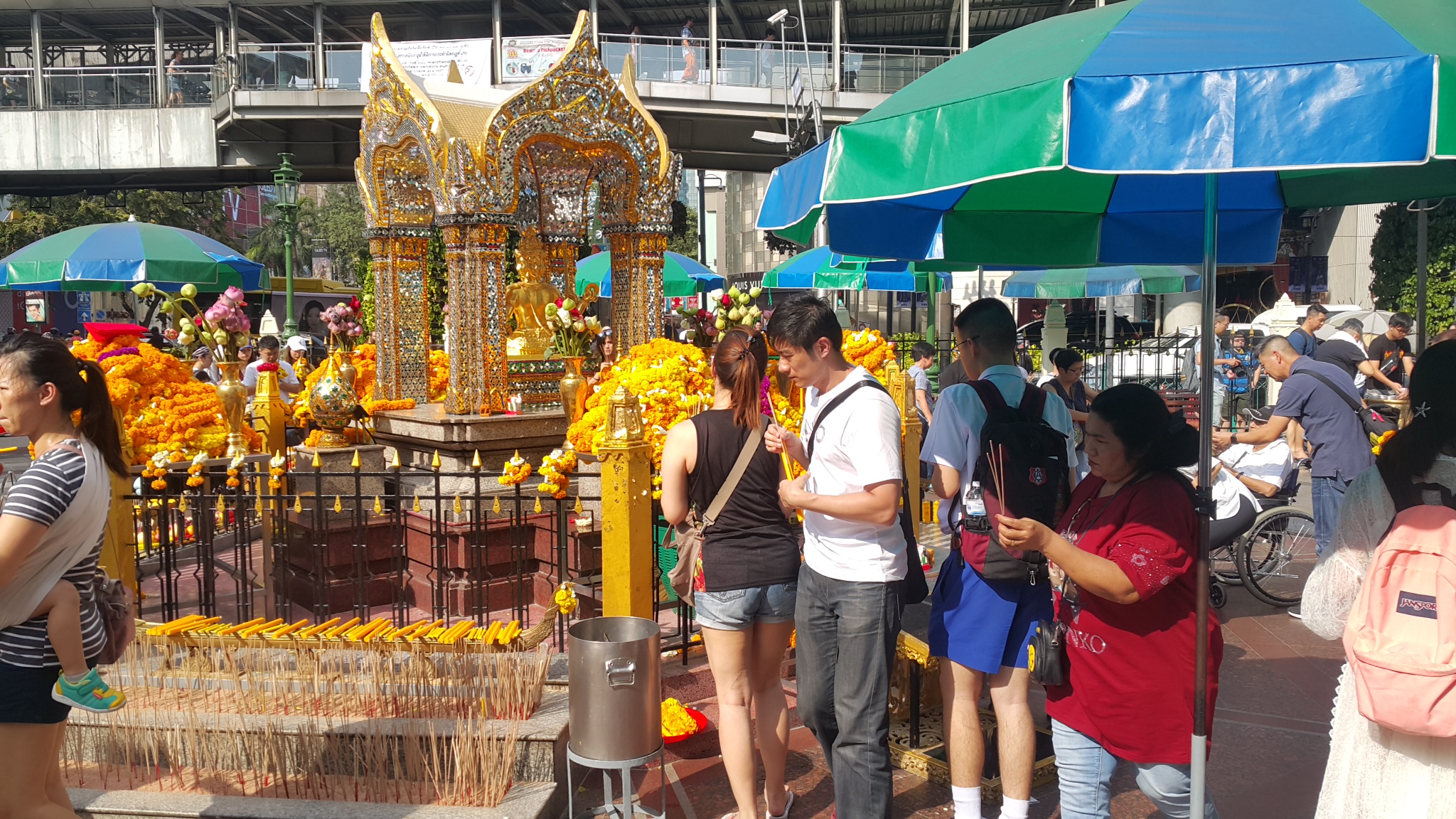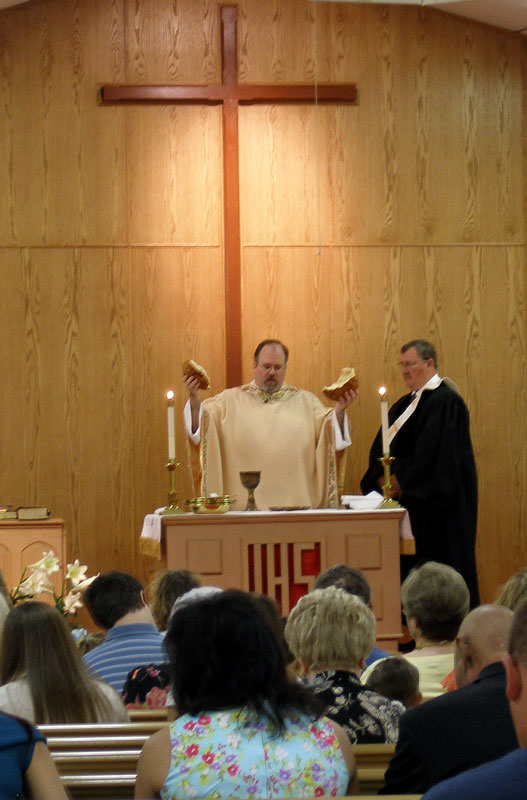|
IEMELIF
The Evangelical Methodist Church in the Philippine Islands ( es, Iglesia Evangelica Metodista en las Islas Filipinas) is a Methodist Christian denomination. Founded on 28 February 1909 by Bishop Nicolás Zamora, it is recognised in the Philippines as the first indigenous Evangelical Protestant denomination. History Behind the founding of the IEMELIF were Filipino nationalist and subsequent independence movements that blossomed in the late 19th century. Filipinos wanted full autonomy in all spheres including religion, as three centuries of Spanish rule were marked by the Catholic Church's near-absolute control over the colony's temporal and spiritual affairs. When the United States of America colonised the islands in 1898, they introduced Protestantism, which they propagated together with early Filipino evangelists. The Insular Government, in contrast to the Spanish employment of the Catholic Church (by then disestablished as the state church), had a policy of religious toler ... [...More Info...] [...Related Items...] OR: [Wikipedia] [Google] [Baidu] |
Protestantism In The Philippines
Protestant denominations arrived in the Philippines in 1898, after the United States took control of the Philippines from Spain, first with United States Army chaplains and then within months civilian missionaries. Protestants makes up nearly 11% of the Filipino population. They include a wide variety of Pentecostal, Evangelical and independent churches. Some denominations were founded locally. Statistics History It is likely that there was some Protestant activity in the Philippines before 1898, such as during the British occupation of the Philippines, but there was no churches or missions established. Protestantism began to develop in the Philippines after the Spanish–American War when the United States acquired the Philippines from the Spanish with the 1898 Treaty of Paris. During American Colonial Period, the Catholic Church was disestablished as the state religion, giving Protestant missionaries more opportunities to enter the islands. In addition, there wa ... [...More Info...] [...Related Items...] OR: [Wikipedia] [Google] [Baidu] |
Nicolás Zamora
Nicolás Villegas Zamora (10 September 187514 September 1914) was a Methodist minister who is credited with the foundation of the first indigenous evangelical church in the Philippines, known as the ''Iglesia Evangelica Metodista en las Islas Filipinas''.IEMELIF, 31. Zamora is also recognized as the first Filipino Protestant minister in the Philippines.Sitoy, 9. Early life and career Zamora was born in Binondo, Manila on 10 September 1875.Trinidad, 52. His mother was Estefania Villegas; his father, Paulino Zamora, is regarded as the first Filipino Protestant in the Philippines. Nicolás was a grandnephew of Father Jacinto Zamora, one of the three priests collectively called Gomburza executed after being implicated to the 1872 Cavite mutiny. He was first educated under Father Pedro Serrano in Intramuros, and then pursued higher education at Ateneo Municipal de Manila with the aid of his godfather, Pablo Zamora. From Ateneo he had earned his Bachelor of Arts degree. Zamora then to ... [...More Info...] [...Related Items...] OR: [Wikipedia] [Google] [Baidu] |
Methodism
Methodism, also called the Methodist movement, is a group of historically related denominations of Protestant Christianity whose origins, doctrine and practice derive from the life and teachings of John Wesley. George Whitefield and John's brother Charles Wesley were also significant early leaders in the movement. They were named ''Methodists'' for "the methodical way in which they carried out their Christian faith". Methodism originated as a revival movement within the 18th-century Church of England and became a separate denomination after Wesley's death. The movement spread throughout the British Empire, the United States, and beyond because of vigorous missionary work, today claiming approximately 80 million adherents worldwide. Wesleyan theology, which is upheld by the Methodist churches, focuses on sanctification and the transforming effect of faith on the character of a Christian. Distinguishing doctrines include the new birth, assurance, imparted righteousness, ... [...More Info...] [...Related Items...] OR: [Wikipedia] [Google] [Baidu] |
National Council Of Churches In The Philippines
The National Council of Churches in the Philippines (NCCP; tl, Sangguniáng Pambansâ ng mga Simbahan sa Pilipinas) is a fellowship of ten Protestant and non Roman Catholic Churches in the Philippines denominations, and ten service-oriented organizations in the Philippines. A member of the World Council of Churches and the Christian Conference of Asia, the NCCP represents close to twelve million Protestant adherents. Advocacy for environmental protection and against large-scale mining are part of its core mission. Christian organizations other than churches may be received as associate members. History and structure The NCCP was established in 1963. Its forerunners include the Philippine Federation of Christian Churches in 1949; the Philippine Federation of Evangelical Churches in 1939; the National Christian Council in 1929; the Evangelical Union in 1901; and the Missionary Alliance in 1900. It is currently organised in ten regional ecumenical councils: * Cordillera * Cagayan ... [...More Info...] [...Related Items...] OR: [Wikipedia] [Google] [Baidu] |
Tondo, Manila
Tondo is a district located in Manila, Philippines. It is the largest in terms of area and population of Manila's sixteen districts, with a Census-estimated 631,313 people in 2015 and consists of two congressional districts. It is also the second most densely populated district in the city. Etymology The name Tondo can be derived from its Old Tagalog name, Tundun as inscribed in the Laguna Copperplate Inscription of 900 AD, the earliest native document found within the Philippines. Dutch anthropologist Antoon Postma, the first to translate the copperplate, believes the term ''tundun'' originated from the old Indian language Sanskrit, which was used alongside Old Malay as a language of politics and religion in the area at the time. Before this landmark discovery, several theories (however incorrect now) existed. Philippine National Artist Nick Joaquin once suggested that it might be a reference to a high ground ("tundok"). On the other hand, French linguist Jean-Paul Potet, s ... [...More Info...] [...Related Items...] OR: [Wikipedia] [Google] [Baidu] |
American Colonial Period (Philippines)
The colonial history of the United States covers the history of European colonization of North America from the early 17th century until the incorporation of the Thirteen Colonies into the United States after the Revolutionary War. In the late 16th century, England (British Empire), Kingdom of France, Spanish Empire, and the Dutch Republic launched major colonization programs in North America. The death rate was very high among early immigrants, and some early attempts disappeared altogether, such as the English Lost Colony of Roanoke. Nevertheless, successful colonies were established within several decades. European settlers came from a variety of social and religious groups, including adventurers, farmers, indentured servants, tradesmen, and a very few from the aristocracy. Settlers included the Dutch of New Netherland, the Swedes and Finns of New Sweden, the English Quakers of the Province of Pennsylvania, the English Puritans of New England, the Virginian Cavaliers, th ... [...More Info...] [...Related Items...] OR: [Wikipedia] [Google] [Baidu] |
State Church
A state religion (also called religious state or official religion) is a religion or creed officially endorsed by a sovereign state. A state with an official religion (also known as confessional state), while not secular, is not necessarily a theocracy. State religions are official or government-sanctioned establishments of a religion, but the state does not need to be under the control of the religion (as in a theocracy) nor is the state-sanctioned religion necessarily under the control of the state. Official religions have been known throughout human history in almost all types of cultures, reaching into the Ancient Near East and prehistory. The relation of religious cult and the state was discussed by the ancient Latin scholar Marcus Terentius Varro, under the term of ''theologia civilis'' (). The first state-sponsored Christian church was the Armenian Apostolic Church, established in 301 CE. In Christianity, as the term ''church'' is typically applied to a place of worship ... [...More Info...] [...Related Items...] OR: [Wikipedia] [Google] [Baidu] |
Freedom Of Religion
Freedom of religion or religious liberty is a principle that supports the freedom of an individual or community, in public or private, to manifest religion or belief in teaching, practice, worship, and observance. It also includes the freedom to change one's religion or beliefs, "the right not to profess any religion or belief", or "not to practise a religion". Freedom of religion is considered by many people and most nations to be a fundamental rights, fundamental human right. In a country with a state religion, freedom of religion is generally considered to mean that the government permits religious practices of other sects besides the state religion, and does not religious persecution, persecute believers in other faiths (or those who have no faith). Freedom of belief is different. It allows the right to believe what a person, group, or religion wishes, but it does not necessarily allow the right to practice the religion or belief openly and outwardly in a public manner, a ... [...More Info...] [...Related Items...] OR: [Wikipedia] [Google] [Baidu] |
Mainline Protestant
The mainline Protestant churches (also called mainstream Protestant and sometimes oldline Protestant) are a group of Protestant denominations in the United States that contrast in history and practice with evangelical, fundamentalist, and charismatic Protestant denominations. Some make a distinction between "mainline" and "oldline", with the former referring only to denominational ties and the latter referring to church lineage, prestige and influence. However, this distinction has largely been lost to history and the terms are now nearly synonymous. Mainline Protestant churches have stressed social justice and personal salvation, and both politically and theologically, tend to be more liberal than non-mainstream Protestants. Mainstream Protestant churches share a common approach that often leads to collaboration in organizations such as the National Council of Churches, and because of their involvement with the ecumenical movement, they are sometimes given the alternative label ... [...More Info...] [...Related Items...] OR: [Wikipedia] [Google] [Baidu] |
Knox Memorial Church
Knox United Methodist Church is known to be the first Filipino United Methodist Church in the Philippines located along Rizal Avenue in Sta. Cruz, Manila. History The first Protestant worship service in the Philippines was held in Manila on August 28, 1898, officiated by Rev. George C. Stull, a Methodist chaplain and a member of the Montana Annual Conference. American and Filipino soldiers attended said service. In March 1899, Bishop James M. Thoburn visited Manila and organized a Methodist group into a charge affiliated with the Singapore District of the Malaysia Mission Conference. Early years Formerly known as the Knox Memorial Church, the church evolved into two worshiping congregations, the English congregation under Arthur Prautch and the Spanish congregation under Nicolas V. Zamora. Knox UMC was also the first permanent Methodist structure built in the Philippines. The Philippine government donated large parcel of land at ''Calle Cervantes'' (Rizal Avenue) in Manila where a ... [...More Info...] [...Related Items...] OR: [Wikipedia] [Google] [Baidu] |
Catholic Church In The Philippines
, native_name_lang = , image = Front view of The Cathedral in Intramuros, Manila.jpg , imagewidth = 250px , alt = , caption = Minor Basilica of the Immaculate Concepcion , abbreviation = , type = National polity , main_classification = Catholic , orientation = Christianity , scripture = Bible , theology = Catholic theology , polity = , governance = Catholic Bishops' Conference of the Philippines , structure = , leader_title = Pope , leader_name = , leader_title1 = President , leader_name1 = Pablo Virgilio S. David , leader_title2 = Apostolic Nuncio , leader_name2 = Charles John Brown , leader_title3 = , leader_name3 = , fellowships_type = , fellowships = , fellowships_type1 = , fellowships1 = , division_type = , division = , division_type1 ... [...More Info...] [...Related Items...] OR: [Wikipedia] [Google] [Baidu] |
Jacinto Zamora
Jacinto Zamora y del Rosario (14 August 1835 – 17 February 1872) was a Filipino Catholic priest, part of the Gomburza, a trio of priests who were falsely accused of mutiny by the Spanish colonial authorities in the Philippines in the 19th century. Early life Born on 14 August 1835 to Venancio Zamora and Hilaria del Rosario, he began his early education in Pandacan and later at the Colegio de San Juan de Letran. He was classified as a ''Filipino mestizo'' under the Spanish caste system prevailing at that time. He later transferred to the University of Santo Tomas after finishing his '' Bachiller en Artes''. Zamora graduated on 16 March 1858 with the degree of Bachelor of Canon and Civil Laws. He became a student preparing for the priesthood in the Seminary of Manila. Pastoral life After being ordained, Zamora handled parishes in Marikina, Pasig, and Batangas. He was also assigned to manage the Manila Cathedral on 3 December 1864. Death Zamora had a habit of playing cards after ... [...More Info...] [...Related Items...] OR: [Wikipedia] [Google] [Baidu] |


.jpg)





_(14582245888).jpg)